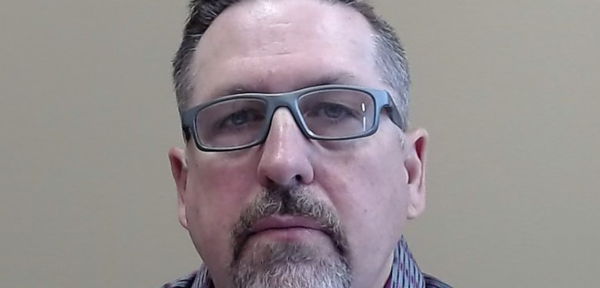“I’m not special,” the 60-year-old said. “Really, I have a great team in California. I have a lot of committed volunteers that are very tenured here at the state level.”
Hancock grew up playing hockey in California and later coached. He watched the sport increase in popularity with the arrival of Wayne Gretzky and three NHL franchises.
He said that the biggest challenge he faces in the state is a lack of ice rinks, but having three NHL partners has helped with facility development. However, the state faces obstacles to new ice facilities in its climate and high energy costs.
When he was growing up, there was no high school hockey in California, but Hancock now points to it as the greatest avenue for evolution of the sport in the Golden State. He said he hopes to persuade the California Interscholastic Federation to join with USA Hockey in producing a hybrid model for the state.
“The true growth in California is going to be because of high school,” Hancock said. “That’s why we’ve really been pushing the high school model… where they actually sanction and acknowledge hockey as an official high school sport in California, but they turn over the governance of it to us.”
Hancock said he believes that model would make California unique among state high school programs, but he’s optimistic that the federation will sign off on the proposal.
“The reason why that high school model is so critically important to forever remove the non-typical hockey market moniker from California is because the minute it’s official, we’re going to have high schools that actually don’t have facilities … where they’re going to start clamoring for a facility,” he said. “When that happens … get out of the way because our kids aren’t going to keeping going [out of state to school] anymore.”
Another big project on Hancock’s plate is implementing the anti-bullying and inclusion training made mandatory last year in California. The training includes adult and youth modules, and at least one custodial parent must take it, as well, according to Hancock.
“It was very successful, so we’re expanding that,” Hancock said. “It’s about being a good neighbor, and that’s what this whole program is about.”
Hancock pointed out that those who volunteer for CAHA come from all walks of life, and a variety of opinions and beliefs.
“When it comes to hockey, we collectively work together pretty well,” he said. “And because of that, we’ve been successful. We do what we do, and we just keep marching on.”
Story from Red Line Editorial, Inc



